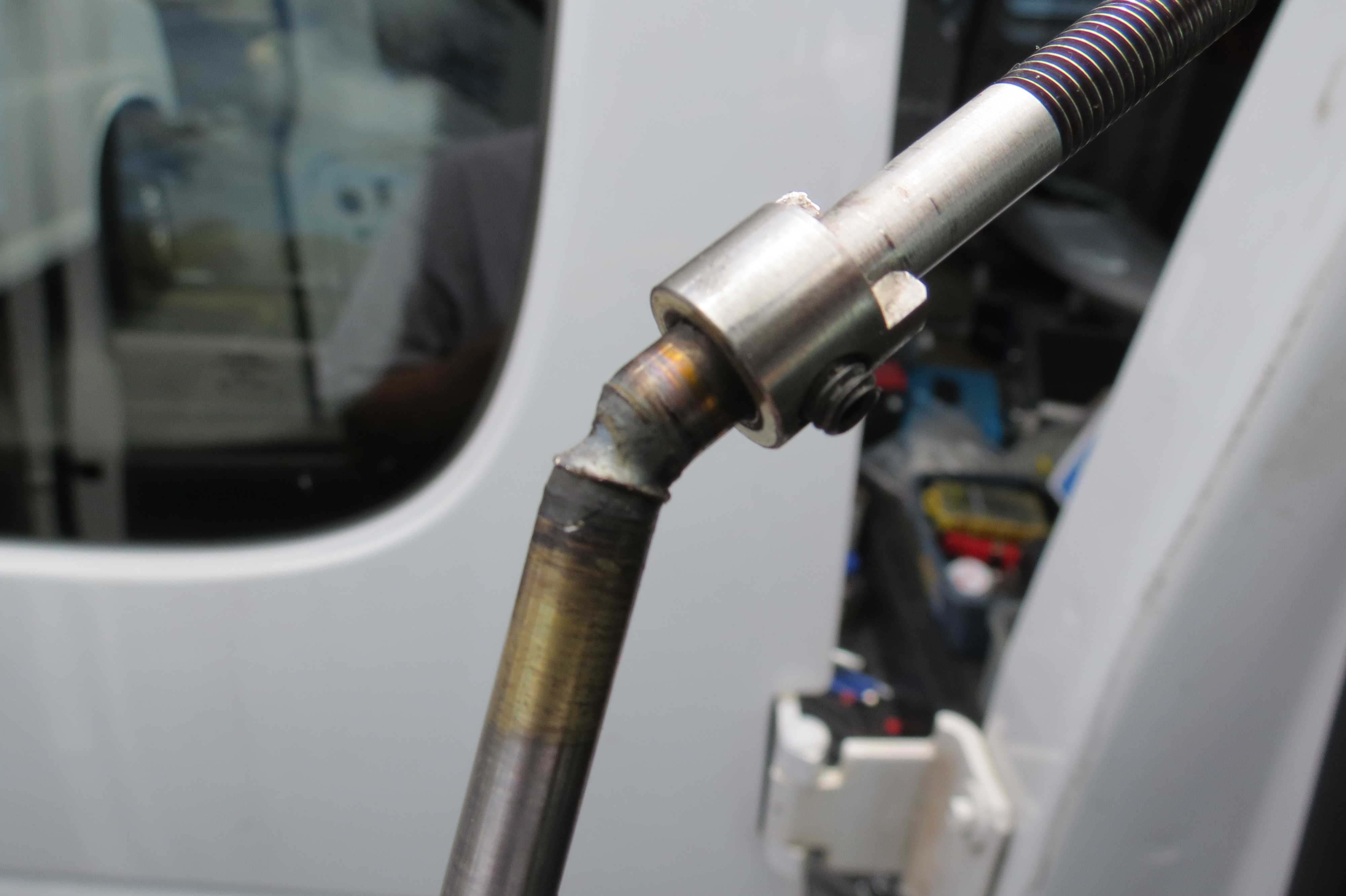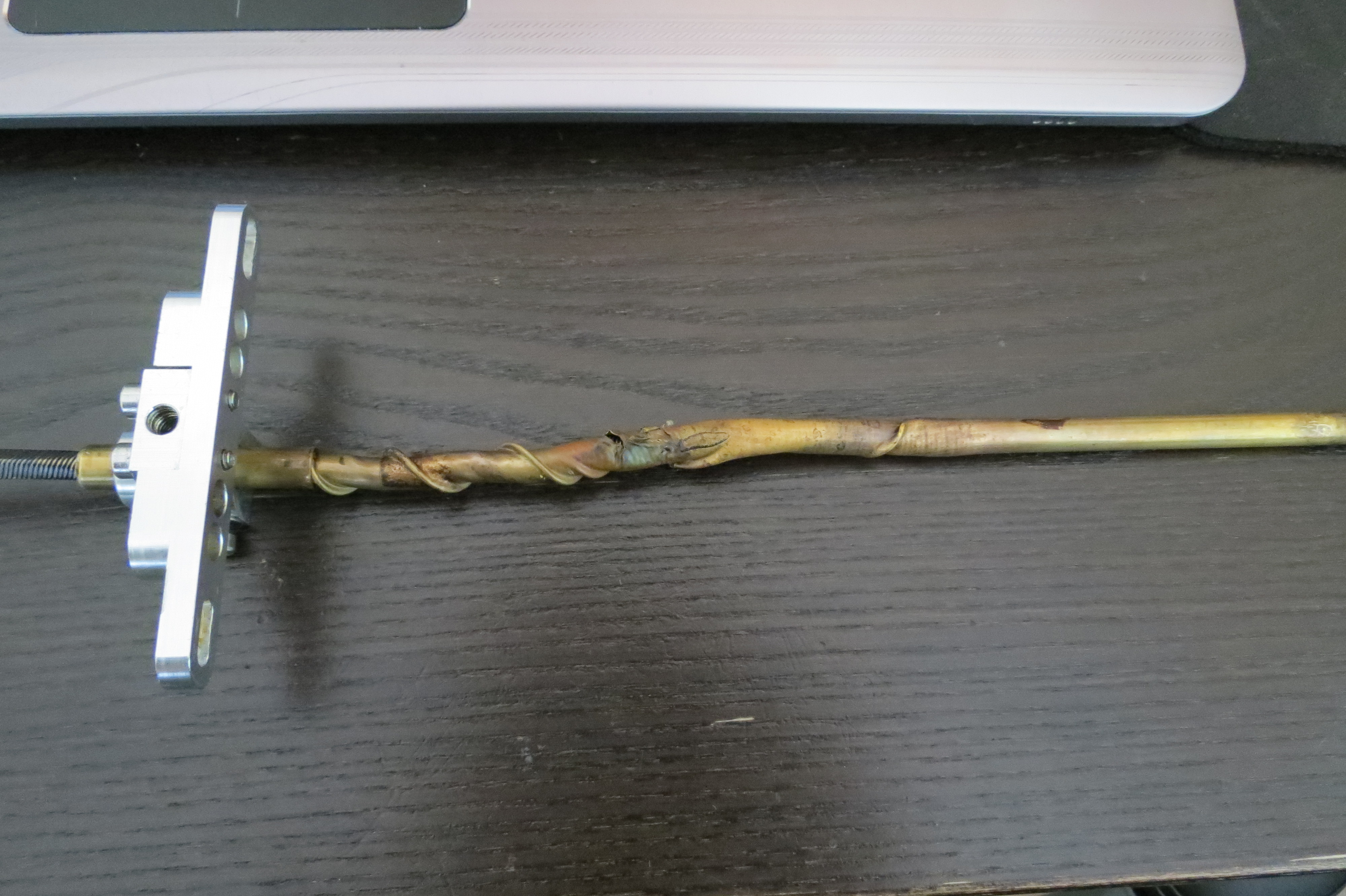For sure to each his own. Just different ways to do it and points of view as to why we choose one or the other.
The thrust doesn't push against the smallest bearing in the engine. The mains are the largest bearing.
The main bearings are in the crankcase and usually get all the lubrication they need being it is the wettest area of the engine.
So you would rather put the entire thrust on a tiny bearing at the drive with almost no way to get lubrication to it ? That kinda friction has to be greater drag than little extra push on the main bearings in engine that NEVER fails if you have real bearings not even with the thrust of a inline. Seems to be the easiest and most trouble free way to deal with the thrust is on the engine. Oh sure it would be nice if it wasn't there but when it has to go somewhere the engine is usually the best place IMO.
The gas wire drives push on the engine with a round collet just the same unless you set it up to also incorporate a thrust bearing at the rear too but almost all are fully pushing on the engine.
These were not mine but my buddies at the lake in Pompano.
Pat's Y-6 mono,
This one got a little warm. Melted the shaft while it was on the lake running. Finally stalls the engine when the prop swinging around out out of center was too much load for engine to pull.
Daves inline Rico mono,
Shaft seizure. Horsepower is how many twist, torque is how tight the twist are. Lol.














































